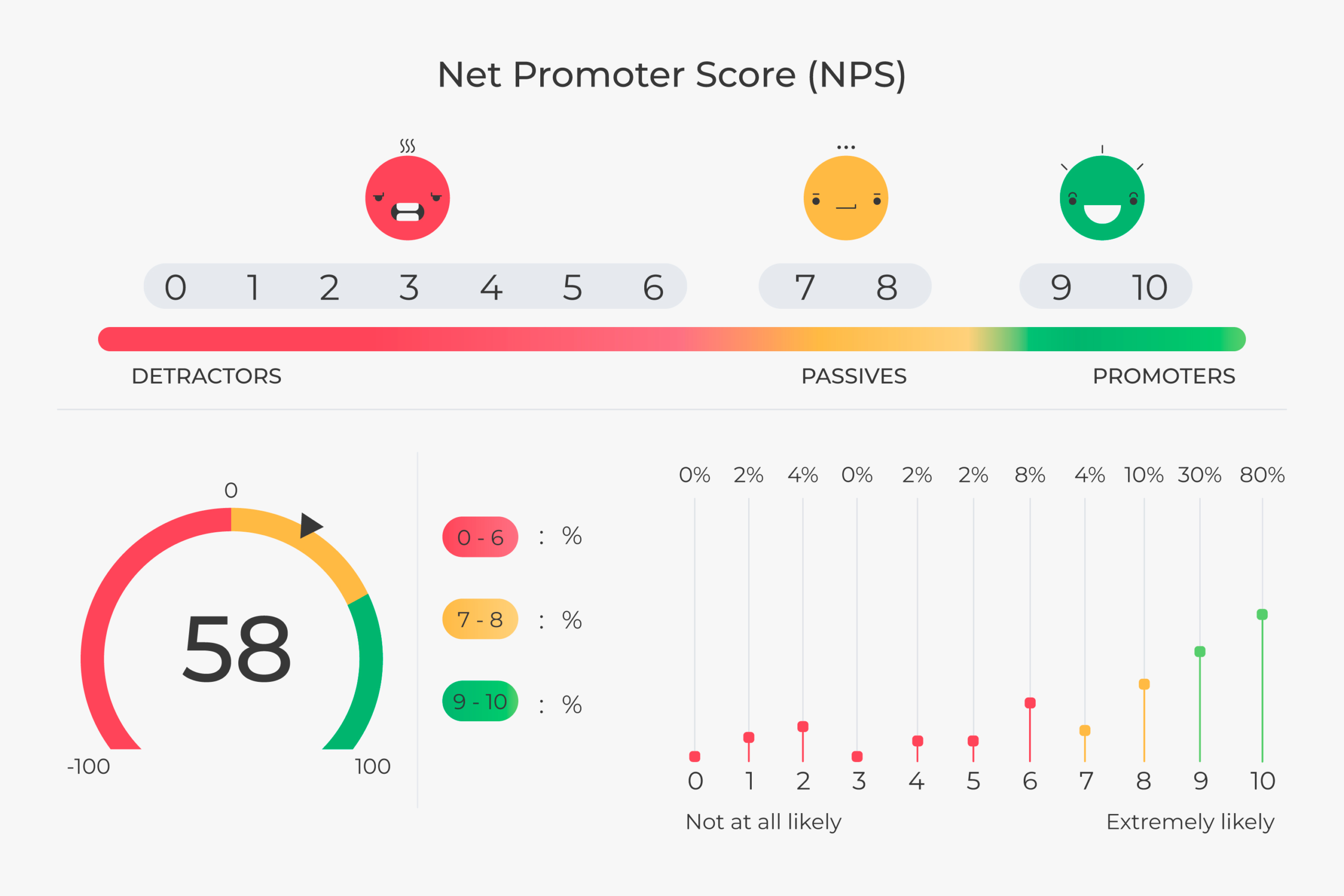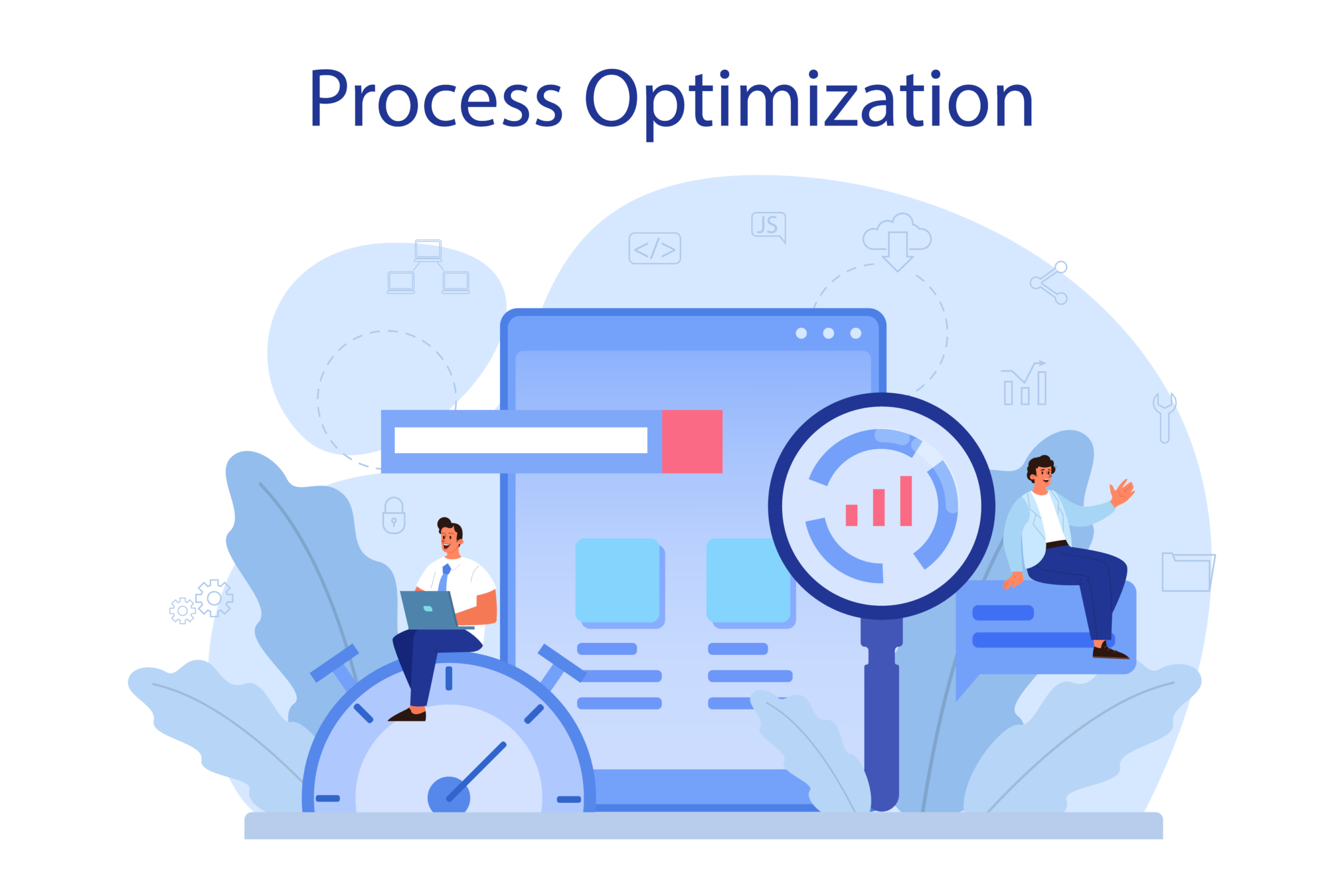In the fast-paced world of software development, scalability has emerged as a crucial factor for success. Scalable systems have the power to handle growing workloads, adapt to changing demands, and ensure optimal performance.
In this article, we will dive into the concept of scalability and its importance in software solutions. We will explore real-life examples, discuss key challenges, and provide strategies for building robust and expandable software solutions.

Understanding Scalability
Scalability refers to a system’s ability to handle increased workloads without compromising performance. It allows software or web applications to grow seamlessly as user demands increase.
Think of a popular social media platform that experiences a surge in active users during peak hours. Scalability ensures that the platform can handle the increased traffic, maintain responsiveness, and deliver a smooth user experience.
The Importance of Scalability in Software Solutions
As a Critical Requirement in Modern Business and Web Applications
In today’s business landscape, scalability is more than just a desirable feature; it is a critical requirement. As companies grow and expand their operations, their software systems must keep pace with increasing demands.
Scalable software solutions empower businesses to handle sudden surges in user traffic, maintain high-performance levels, and provide uninterrupted services.
Evolution of Systems and the Emergence of Scalability Challenges
As software systems have evolved, so have the challenges associated with scalability. The complexity of modern applications and the need to process vast amounts of data pose significant hurdles to achieving scalability.
Factors such as user growth, data volume, and system interdependencies all contribute to the complexities that developers face in building scalable software solutions.

Examples of Scalability Requirements in Different Industries
Scalability requirements vary across industries. In e-commerce, online retailers must handle increased traffic during seasonal sales or product launches. Financial institutions require scalable solutions to manage growing volumes of transactions and data.
Likewise, social media platforms need to accommodate millions of users and their interactions in real-time. The ability to scale effectively is paramount for success in these industries and many others.
Key Challenges in Building Scalable Software Solutions
Exploring the Complexities and Obstacles in Achieving Scalability
Building scalable software solutions presents several challenges. One of the main hurdles is anticipating and preparing for future growth. It requires careful planning, design, and architecture to ensure that systems can expand smoothly as demands increase.
Balancing performance, resource utilization, and maintaining responsiveness under high loads are also critical challenges that developers face.
Impact of Increasing User Demands and Data Volumes on System Performance
As user demands grow and data volumes increase, software systems face performance bottlenecks. Slow response times and system failures can occur when a system lacks the necessary scalability measures.
For example, a cloud-based file storage service might struggle to deliver files promptly if the number of requests or concurrent downloads exceeds its capacity. Understanding and addressing these performance challenges is vital for building scalable solutions.

Identifying Bottlenecks and Potential Pitfalls in System Scalability
In the pursuit of scalability, it is crucial to identify and address potential bottlenecks and pitfalls. These can include architectural limitations, inefficient algorithms, or inadequate resource provisioning. Thorough analysis and scalability testing help pinpoint these issues, allowing developers to optimize system performance and ensure scalability.
Strategies for Building Scalable Software Solutions
Replication and Distribution: Key Strategies for Increasing Capacity
Replication and distribution are powerful strategies for increasing system capacity. By replicating resources, such as servers or databases, and distributing workloads across them, systems can handle higher loads while providing fault tolerance. These strategies enhance scalability by ensuring redundancy and minimizing the impact of single points of failure.
Optimizing System Performance through Efficient Algorithms and Data Structures
Efficient algorithms and data structures are instrumental in achieving scalable software solutions. Optimized algorithms can minimize processing time and improve overall system performance.
Similarly, well-designed data structures enable efficient data access, manipulation, and storage, resulting in better scalability. Choosing the right algorithms and data structures is a crucial aspect of building scalable software.
Scalability Design Patterns and Best Practices
Scalability design patterns and best practices provide proven guidelines for building scalable software solutions. These patterns offer reusable solutions to common scalability challenges, such as load balancing, caching, or asynchronous processing. By following these best practices, developers can leverage industry expertise and build scalable systems more efficiently.

Balancing Scalability with Cost and Resource Efficiency
Relationship between Scalability, Effort, and Resource Costs
Building scalable software solutions requires a balance between scalability, development effort, and resource costs. Achieving high scalability often demands additional investment in infrastructure, development time, and ongoing maintenance. Striking the right balance ensures that scalability goals align with the available resources and budget.
Considerations for Optimizing Scalability while Minimizing Expenses
To optimize scalability while minimizing expenses, careful considerations are necessary. Architectural decisions, such as choosing scalable cloud services or adopting microservices, can provide cost-effective scalability options.
Implementing efficient resource utilization strategies, like auto-scaling based on demand, helps maximize scalability without incurring unnecessary costs.
Case Studies Demonstrating the Impact of Scalability on Costs
Real-world case studies provide valuable insights into the impact of scalability on costs. For example, a cloud storage provider that efficiently scales its infrastructure based on demand can save significant operational costs.
On the other hand, an under-optimized system may require expensive hardware upgrades or result in lost revenue due to system failures. These cases highlight the financial implications of scalability decisions.

Scalability and Software Architecture
Importance of Considering Scalability in Software Architecture Design
Considering scalability during the software architecture design phase is critical. Scalability requirements influence architectural decisions, as different architectural patterns offer varying levels of scalability. Architects must strike a balance between scalability, maintainability, security, and other architectural qualities to design robust and scalable solutions.
Trade-offs between Scalability and Other Architectural Qualities
Scalability often involves trade-offs with other architectural qualities. For example, ensuring scalability might require sacrificing some degree of simplicity or ease of maintenance. It is essential to understand these trade-offs and make informed decisions based on the specific needs of the software system.
Choosing the Right Architectural Patterns for Building Scalable Solutions
Selecting the appropriate architectural patterns is crucial for building scalable solutions. Patterns like microservices, event-driven architecture, or distributed computing offer inherent scalability benefits. By aligning architectural design with scalability testing goals, developers can build software systems that are flexible, adaptable, and able to handle future growth.

Best Practices for Designing Scalable Software Solutions
Horizontal and Vertical Scaling: A Comparison of Approaches
Horizontal and vertical scaling are two primary approaches to increasing system capacity. Horizontal scaling involves adding more instances of resources, such as servers, to distribute the workload.
Vertical scaling, on the other hand, focuses on upgrading existing resources to handle increased demands. Understanding the trade-offs between these approaches helps developers choose the most suitable scaling strategy.
Modular and Decoupled Design for Independent Scalability
Modular and decoupled designs enable independent scalability of system components. By breaking down complex systems into smaller, loosely coupled modules, developers can further scale up individual components as needed without affecting the entire system. This modular approach enhances flexibility, maintainability, and the ability to adapt to changing scalability requirements.

Leveraging Cloud Computing and Microservices for Scalability
Cloud computing and microservices offer powerful scalability capabilities. Cloud platforms provide on-demand resources, enabling elastic scalability based on system needs. Microservices architecture allows for independent scaling of services, making it easier to accommodate changes in workload distribution. Leveraging these technologies can greatly enhance scalability and ensure efficient resource utilization.
Performance Monitoring and Optimization Techniques
Continuous performance monitoring and optimization are crucial for maintaining scalable software solutions. Monitoring system metrics, such as response times or resource utilization, helps identify bottlenecks and areas for improvement.
Techniques like load test, profiling, and performance tuning allow developers to optimize system performance and ensure scalability under varying workloads.

Scalability Testing and Validating Scalability
The Significance of Scalability Testing in Software Development
Scalability testing plays a vital role in ensuring the effectiveness of software solutions. By simulating realistic workloads and measuring system performance, developers can evaluate scalability and identify potential limitations.
Scalability testing helps validate the design decisions, performance test scenarios, identify bottlenecks, and ensure that the system can handle expected future demands.
Strategies for Evaluating System Scalability and Performance
To evaluate system scalability and performance, developers employ various strategies. They measure response times under increasing workloads, analyze resource utilization, and simulate scenarios that reflect anticipated growth. These strategies help identify scalability limitations and provide insights into areas that require improvement.

Identifying Scalability Bottlenecks and Areas for Improvement
Scalability testing uncovers bottlenecks and areas for improvement in software systems. For instance, a database or web server might exhibit slow response times when the number of concurrent requests exceeds its capacity. Identifying such bottlenecks allows developers to optimize critical components and ensure that the system scales effectively.
Real-life Examples of Scalable Software Solutions
Case Studies of Successful Scalable Software Solutions
Examining successful case studies provides valuable insights into building scalable software solutions. For example, companies like Netflix have built scalable streaming platforms capable of handling millions of concurrent users.
The adoption of cloud technologies, horizontal scaling, and efficient content delivery mechanisms have contributed to their success. Learning from these case studies helps businesses understand practical implementation strategies and their impact on scalability.
Lessons Learned from Industry Leaders in Achieving Scalability
Industry leaders have invaluable lessons to offer in achieving scalability. For instance, social media platforms like Twitter have encountered scalability challenges due to rapid user growth. By analyzing their experiences, businesses can learn from the solutions implemented to address those challenges and apply similar approaches to implement scalability testing in their own software systems.

Best Practices Derived from Real-world Examples
Real-world examples provide a wealth of best practices for building scalable software solutions. From implementing distributed caching systems to leveraging content delivery networks, these practices offer actionable insights.
By adopting and adapting these best practices to their specific needs, businesses can enhance the performance testing of their software systems.
Future Trends and Emerging Technologies in Scalable Software Solutions
Exploring the Latest Advancements in Scalable Software Development
The future of scalable software solutions is marked by exciting advancements. Innovations such as serverless computing, edge computing, and containerization are revolutionizing scalability. These technologies offer increased flexibility, efficient resource allocation, and enhanced performance.
Exploring and adopting these advancements can give businesses a competitive edge in the ever-evolving landscape of scalable web application and software development.
The Role of Artificial Intelligence and Machine Learning in Scalability
Artificial intelligence (AI) and machine learning (ML) are playing an increasingly significant role in scalability. AI and ML algorithms can analyze data patterns, predict future demands, and dynamically allocate resources to ensure optimal performance.
The application of AI and ML techniques opens up new possibilities for automation, predictive scaling, and proactive system management.
Predictions for the Future of Scalable Software Solutions
Looking ahead, scalable software solutions are expected to become even more critical. As digital transformation continues to reshape industries, the demand for scalable systems will soar. Cloud-native architectures, intelligent automation, and distributed computing will dominate the landscape. Scalability will remain a cornerstone for businesses aiming to provide seamless, high-performance software solutions.

Conclusion
In conclusion, scalability is an indispensable aspect of building robust and expandable software solutions. It ensures that systems can handle growing workloads, adapt to changing demands, and provide optimal performance.
By understanding the importance of scalability testing, the challenges involved, and the strategies for achieving it, businesses can build software systems that are future-proof and capable of delivering exceptional user experiences. Embracing scalability is the key to unlocking the power of software solutions in today’s dynamic and competitive environment.
FAQs
What are the two 2 ways to achieve scalability?
The two main ways to achieve scalability are horizontal scaling and vertical scaling. Horizontal scaling involves adding more instances or nodes to distribute the workload across multiple resources, such as servers. This approach allows for easy expansion and load balancing.
Vertical scaling, on the other hand, involves upgrading existing resources, such as increasing the processing power or memory of a server. Vertical scaling is suitable when a system requires more capacity from a single resource and can handle higher loads with increased resources.
What are the three main components of scalability?
The three main components of scalability are processing capacity, data management, and resource allocation. Processing capacity refers to a system’s ability to handle increased computational demands efficiently. Data management involves effectively handling growing data volumes while ensuring data accessibility and reliability.
Resource allocation includes distributing workloads across multiple resources and scaling resources based on demand. These components work together to ensure that a software system can scale effectively, accommodate growth, and maintain optimal performance.
What is scalability testing in software?
Scalability testing is a type of software testing that evaluates how well a system can handle increasing workloads or user loads. In fact, scalability testing aims to identify performance bottlenecks and assess the system’s ability to scale up or down without compromising performance. By analyzing system behavior under varying loads, organizations can use scalability testing to plan for future growth, optimize resource allocation, and ensure a satisfactory user experience.



